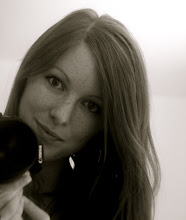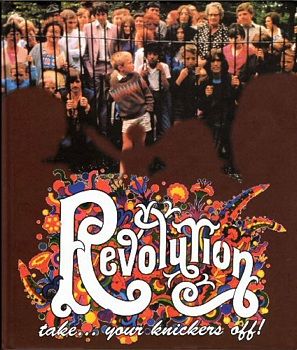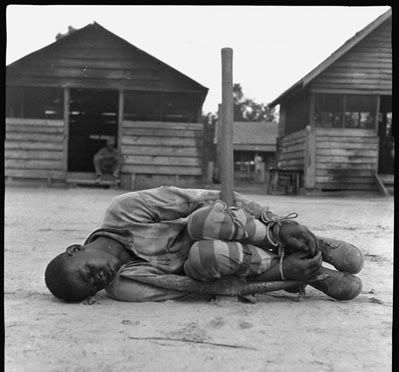
Sergio Eisenstein - Master 'Montageur' (<- his word.)
Sergio Mikhailovich Eisenstein, born in Riga, Latvia on January 23rd, 1898, was what many consider to be a pioneer in the type of film editing known as montage.
A montage is essentially a series of images put together in quick succession within film. Eisenstein saw it as a 'linkage' or 'collision' of related images to manipulate the emotions of the audience and create film metaphors.
Eisenstein developed 5 methods of montage that are still widely used in film editing today:
1. Metric. This is a form of montage based on a specific amount of images all edited according to an amount of time allotted for each, despite anything that might be happening within the image. This is the most basic form of montage and is used to elicit the most emotional reactions from an audience.
2. Rhythmic. Still using time-based cutting, the rhythmic montage uses the visual content and change of speed of metric cuts to induce more complex meanings than can be done through metric.
3. Tonal. This uses the emotional meaning of images to elicit certain emotional reactions for the audience to imply a still more complex meaning than either metric or rhythmic.
4. Overtone/Associational. This combines the three aforementioned methods of montage - metric, rhythmic and tonal - to create an abstract and still more complex effect.
5. Intellectual. This method juxtaposes certain images together to imply a metaphor or to add significance. For example, shown below is an excerpt from Eisenstein's film Strike, where a shot of a group of workers being attacked is immediately followed by a shot of a bull being slaughtered, implying that the workers were being treated like cattle.
(for some reason the embed option on youtube isn't working, but you can go to the link here). 
Lev Kuleshov - A Differing Montage TheoristAlthough Eisenstein is perhaps the most well known leader in Soviet montage theory, it was Lev Kuleshov, born January 1st, 1899 in Tambov, Russia that first used the word 'montage' in relation to film editing. Kuleshov helped establish and taught at the world's first film school, the Moscow Film School, and briefly had Eisenstein as one of his pupils and clearly played a role in Eisenstein developing as a film maker. However, their views of montage film editing differed greatly and created two schools of thought.
According to an article written by Kuleshov in 1917, he wrote his mindset on film editing: "...to make a picture the director must compose the separate filmed fragments, disordered and disjointed, into a single whole and juxtapose these separate fragments into a more advantageous, integral and rhythmical sequence, just as a child constructs a whole word or phrase from separate scattered blocks of letters." He saw montage film editing as a way of joining together the images to create linkage and harmony between them, rather than how Eisenstein used montage as a way of creating conflict and collision.
Kuleshov was known for his experimenting using montage to elicit different interpretations of the same shot, known as the Kuleshov effect. He would take the same image, eg a man's face, but by juxtaposing it with differing images the audience would interpret the emotions of the man according to the shot that linked the two together. For example, when juxtaposed with a shot of a bowl of soup, the emotion became hunger; with a girl, desire; and a coffin, the same exact expression would be interpreted as one of grief.
Dziga Vertov - Cinéma vérité

Dziga Vertov, born January 2nd, 1896, was considered a pioneer in documentary film making and paved the way for a form of documentary known as Cinéma vérité. This term, French for 'cinema of truth', was taken from Vertov's documentary series done in the 1920s, Kino-Pravda (Russian for 'truth of the cinema'). He refers to as a way of getting to a 'hidden truth' by juxtaposing a series of images, usually with provocative stance taken towards its subjects.
A quote from Vertov:
"Our eyes see very little and very badly – so people dreamed up the microscope to let them see invisible phenomena; they invented the telescope…now they have perfected the cinecamera to penetrate more deeply into he visible world, to explore and record visual phenomena so that what is happening now, which will have to be taken account of in the future, is not forgotten.
—Provisional Instructions to Kino-Eye Groups, Dziga Vertov, 1926






















